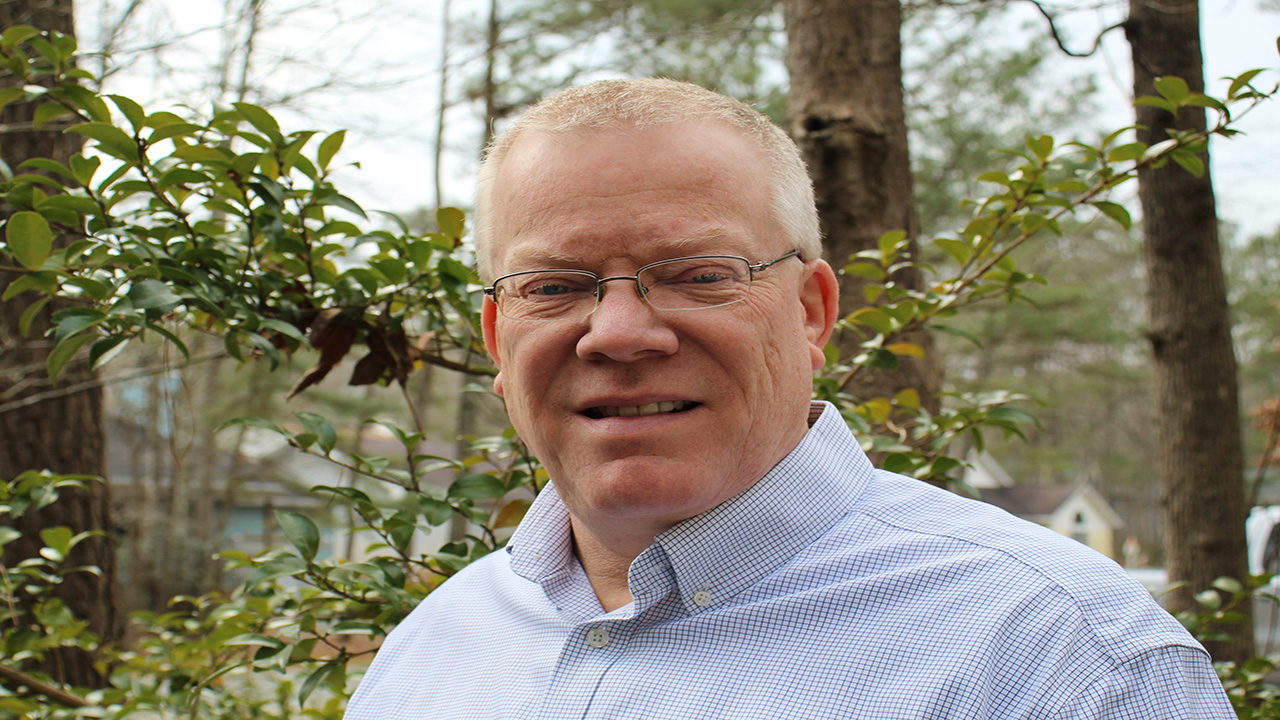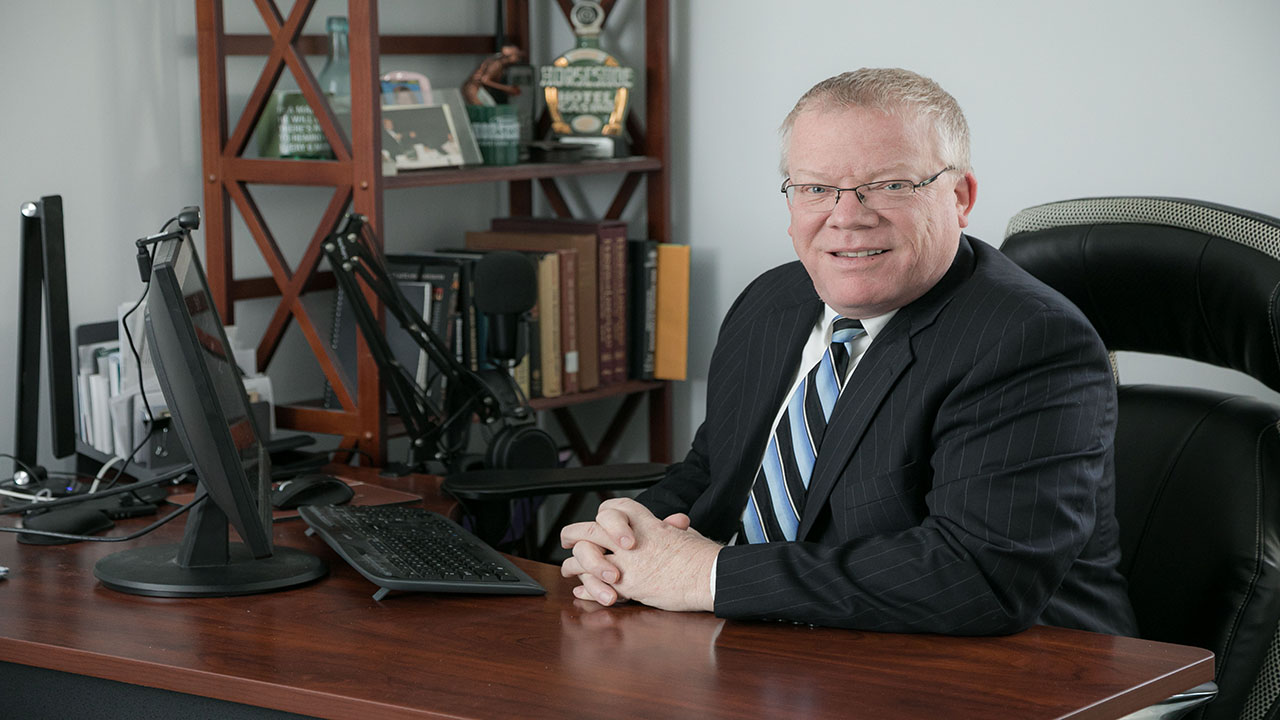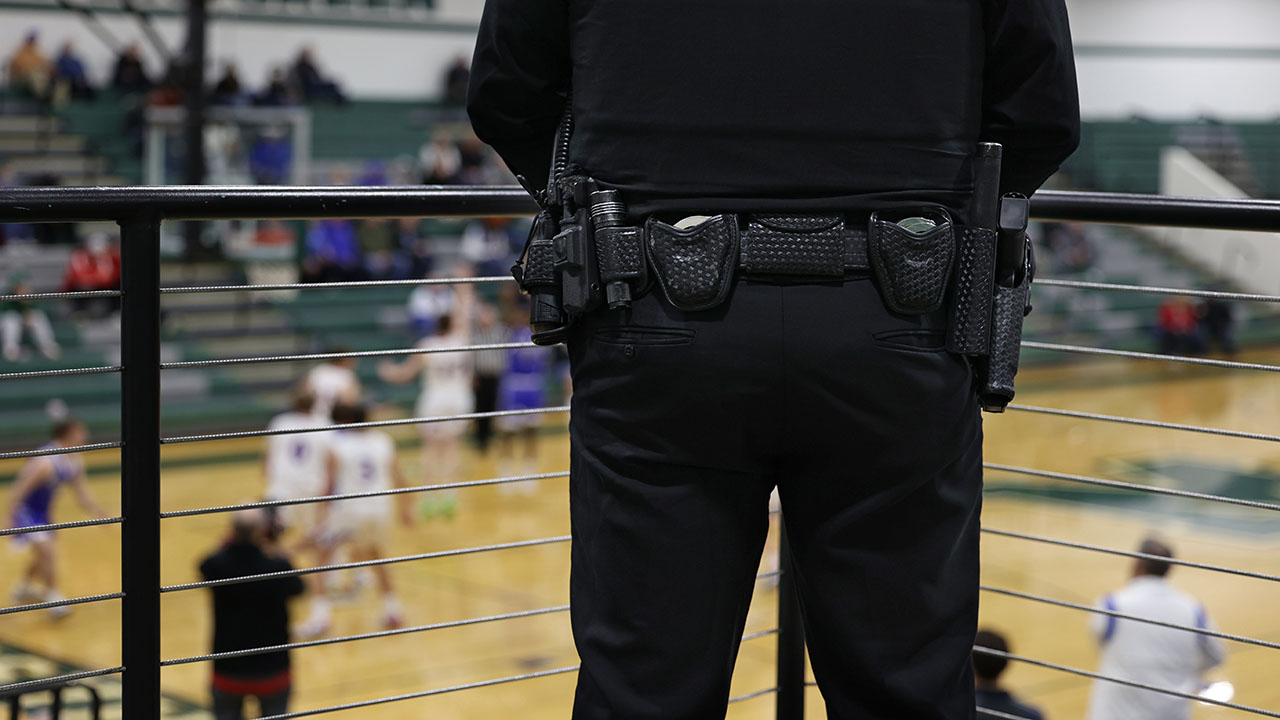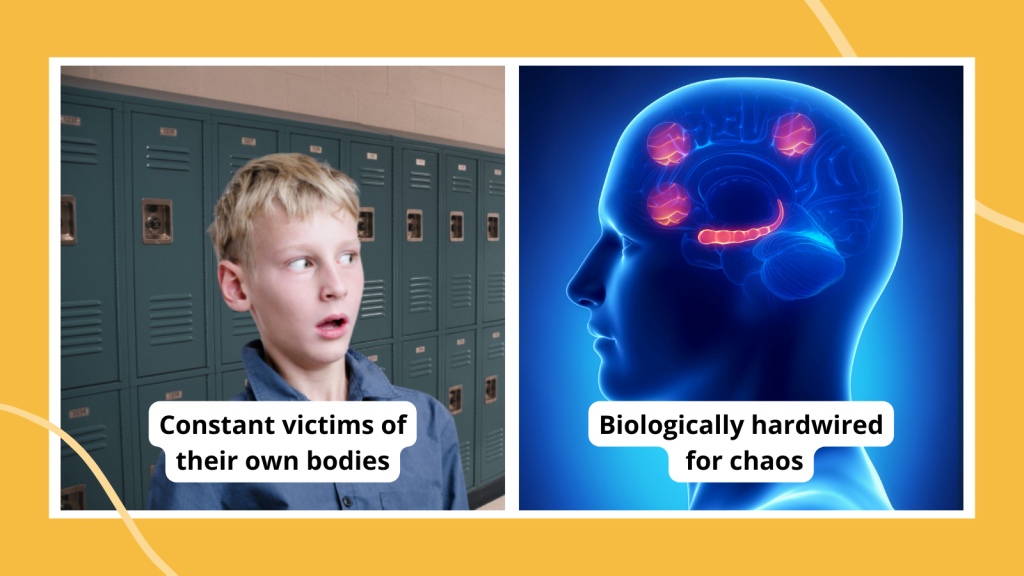
What School Nurses Do and Why Schools Need More of Them
According to Lynn Nelson, president-elect of the National Association of School Nurses, school nurses have one primary goal in mind for the start of the new school year: to have all students in seats by the first day of school, ready to learn. It sounds like a fairly simple objective.
It’s not.
That’s especially true this year in the face of widespread shortages of school nurses across the country. Nationwide, only an estimated 65 percent of schools have a full-time school nurse, according to the NASN. But the shortages are more acute in some places than others. In the middle of the 2022-2023 school year, Massachusetts had nearly 300 open positions for school nurses, a number representing more than 10 percent of the state’s entire school nurse employees. And District of Columbia public schools are starting the new academic year with a plan to float nurses among several schools.
School nurses have an inordinate amount of behind-the-scenes work to do as the school year begins. Monitoring and tracking student adherence to state-mandated vaccination requirements is a task that traditionally has fallen to school nurses at the start of the school year, but it’s not nearly the only one.
School nurses also must develop health-care plans for students with special health needs, from chronic diseases to severe allergies, and preparing to manage student behavioral health concerns. These latter tasks are taking up an increasing amount of school nurses’ time, as chronic conditions among children have gradually been rising in recent years, according to researchers. Today, more than 40 percent of school-age children and adolescents have at least one chronic health condition, such as asthma or behavior and learning problems that require medical attention, according to 2021 data reported by the Centers for Disease Control and Prevention. Additionally, symptoms of depression, including persistent feelings of sadness and hopelessness, rose by about 40 percent in children and adolescents during the decade prior to the pandemic, according to the CDC. The pandemic exacerbated these circumstances and led the U.S. Surgeon General in 2021 to declare a mental health crisis among the nation’s youth.
With so many school systems experiencing school nurse shortages now, the circumstances have created what Nelson calls ‘the perfect storm’.
“In the school setting, when you have giant caseloads, and you’re one person across multiple buildings, it’s hard to prioritize vaccines,” said Nelson, senior director of health services and student support for Capital Region ESD 113 in Olympia, Wash., adding, “The more nursing time you have [in a school building], the less likely a student is to fall through the cracks.”
Breaking down the numbers on school nurse shortages
Previous recommendations by the American Academy of Pediatrics put the optimal ratio of school nurses to students as 1 to 750, or one per building. But in a 2016 report, the AAP acknowledged that using this ratio “is inadequate to fill the increasingly complex health needs of students.”
In fact, many of the nation’s schools fall short of the (already outdated) standard. And significant geographic and regional disparities exist within these broader statistics. For instance, 70.3 percent of urban schools employ a full-time nurse, compared to just 56.2 percent of rural schools. In the Northeast, 88.2 percent of schools have a full-time school nurse, compared to 78.9 percent in the South, 59.9 percent in the Midwest, and 33.3 percent in the West.
Lower pay compared to overall nursing industry norms is also partly to blame for the school nurse shortage, Nelson said. The average yearly salary of a school nurse is $47,650, compared to $68,620 for registered nurses in general, according to Payscale data from June 2022. This is the case, even though school nurses are more likely than other registered nurses to possess more advanced education credentials, including both bachelors’ and masters’ degrees, according to the NASN.
Beyond stereotypes
In addition to burdensome caseloads and lower-than-industry standard pay, school nurses also confront stereotypes about their profession, a frustration that has led some to exit the profession.
“My clinical expertise was not always respected,” Judith Jeanty, a former school nurse, told Nurse Journal. “The school nurse is often seen as someone who offers Band-Aids and ice packs, not a professional with many years of critical care experience.”
While nurses do in fact sometimes dole out Band-Aids, they’re also managing students’ complex, chronic health conditions and helping families to do the same. They may also work behind the scenes to advocate for access to student health care. In a recent national survey of school nurses by NASN, about one-third of respondents said they had assisted a student or parent with enrollment in Medicaid or a state health insurance program. Nearly half had worked to connect a student’s parent to a local health-care provider that would accept the family’s health insurance.
Nelson expressed hope that the next generation of nurses may be better prepared for increasing complexity of the job. Colleges that train students to become nurses are increasingly focused on community health, which includes the school setting, Nelson explained.
“We have an opportunity to give nursing students clinical experiences [in school settings],” she said. “I think we’re seeing some results from that.”
Dig Deeper With Our Longreads
Newsletter Sign up to get our best longform features, investigations, and thought-provoking essays, in your inbox every Sunday.
The MEN was founded by John Huber in the fall of 2020. It was founded to provide a platform for expert opinion and commentary on current issues that directly or indirectly affect education. All opinions are valued and accepted providing they are expressed in a professional manner. The Maryland Education Network consists of Blogs, Videos, and other interaction among the K-12 community.
Recent Video
Worc. Sheriff and SA recommend Schools Partner with SRDs to Trespass Any...
I this series of videos, I dive deeply into the recommendations that the Sheriff and State’s Attorney have put...





